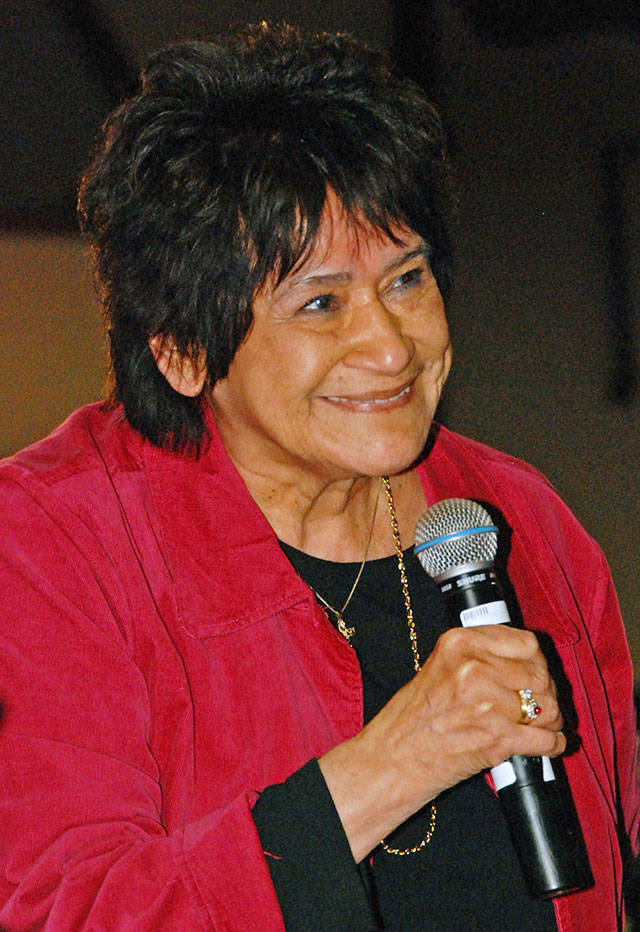The same principles we use to manage many of our salmon fisheries should be used to regulate recreational harvest of Dungeness crab in Puget Sound.
During most chinook salmon fisheries, we develop in-season estimates using catch data gathered from anglers returning to the dock and from fish tickets issued to treaty tribal and non-Indian commercial fishermen when they sell their catch. This allows us to verify our pre-season forecasts, track catch numbers in-season and decide whether to add or close fisheries to meet our harvest and conservation goals.
Crabbing in Puget Sound has nearly doubled since 1996, when state and tribal crabbers shared a harvest of about 6 million pounds. Because there is no monitoring of Dungeness crab populations in Puget Sound, we have no accurate estimate of how many there are. We think this lack of knowledge requires a more a more careful approach to managing the resource.
When treaty tribal and non-Indian commercial crabbers sell their catch, buyers document the amount of crab, location of harvest and other important data. This information is then shared between the tribal and state co-managers, often within 24 hours. It’s the kind of information needed for effective in-season management.
The same cannot be said of the recreational Dungeness crab fishery.
The daily bag limit for recreational harvesters in Puget Sound is five Dungeness crab, males only, with hard shells that have a minimum size of 6 ¼ inches. Recreational crabbers are supposed to keep track of their harvest on a catch record card that is mailed to WDFW or reported online after the season ends.
The problem is that these rules — implemented in 2007 — are being ignored by many recreational crabbers.
More than 200,000 catch record cards are issued each year, but only about half are returned as required by law. The penalty for not reporting catch is a mere $10 fee tacked onto their next license.
Some recreational crabbers are not recording their catch at all, exceeding catch limits and crabbing when the fishery is closed.
July 4 this year provided a good example. Recreational crab fisheries in Puget Sound have been closed on Tuesdays and Wednesdays for the past couple of years, but many assumed the fishery was open because of the holiday. According to news reports, WDFW enforcement officers in one area found crabbers in seven boats breaking regulations meant to protect the resource. Most said they were unaware crabbing was closed. Some also had harvested more than their limit and retained female, soft-shell and undersized male crab.
How accurate can the data be when catches don’t have to be reported until the season is over and the entire program is based on a self-reporting system?
Recreational crabbers harvest most of the non-Indian share and we think the recreational harvest of Dungeness crab is seriously underestimated. We have asked WDFW to better assess sport crab harvest by conducting catch surveys when crabbers return to the dock. It’s been 10 years since the state last made such an effort.
Until there is a better understanding of Dungeness crab in Puget Sound, we encourage WDFW to increase monitoring, enforcement and education of recreational crabbers to improve compliance, protect the resource and err on the side of caution.
Lorraine Loomis is chairman of the Northwest Indian Fisheries Commission. Call 360-438-1180 or see www.nwifc.org.



